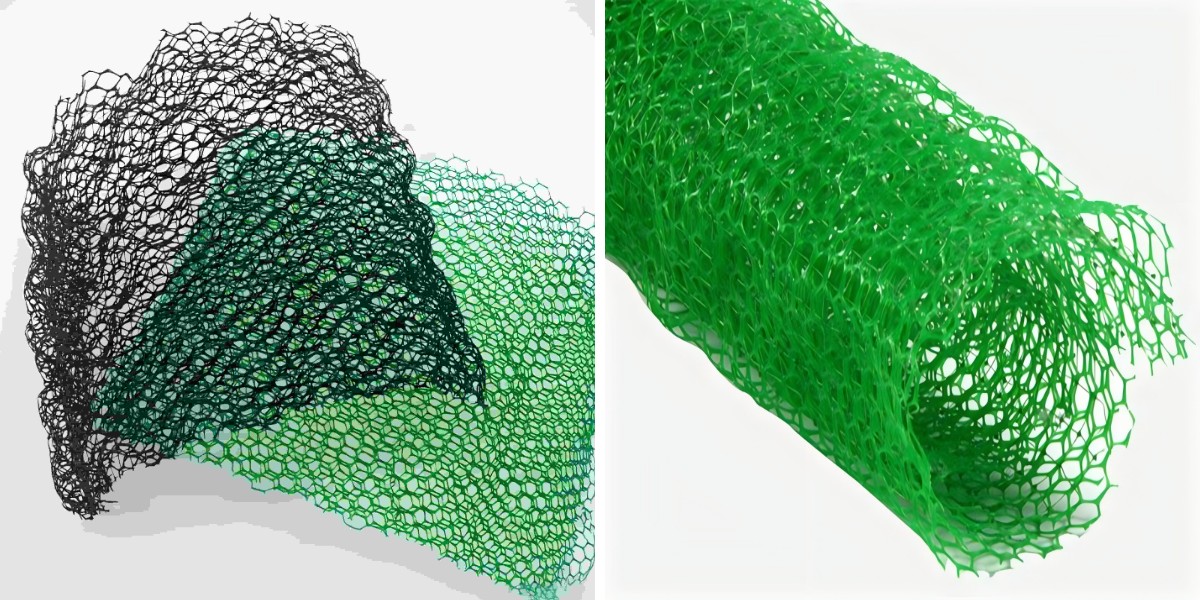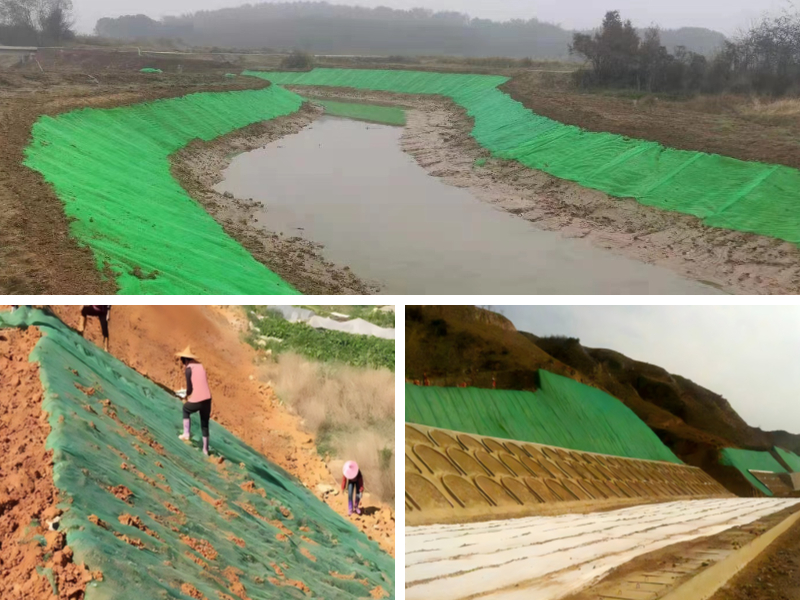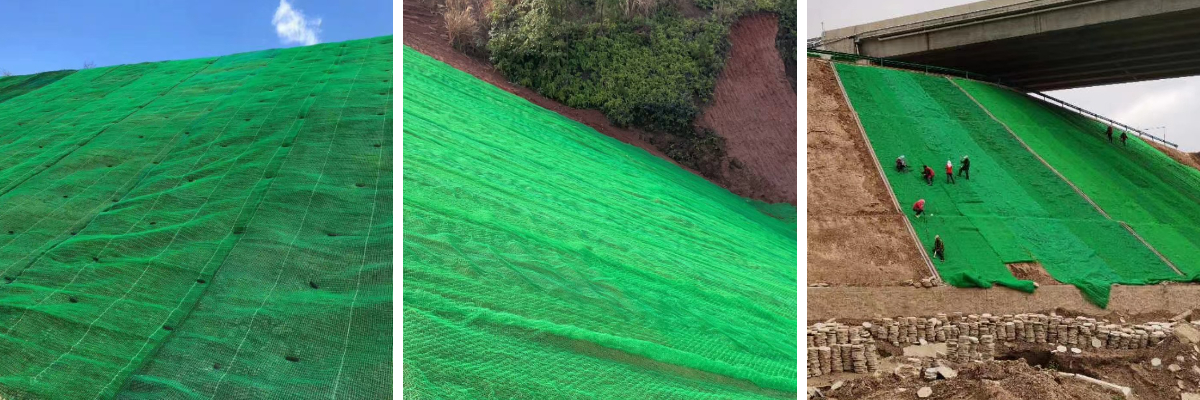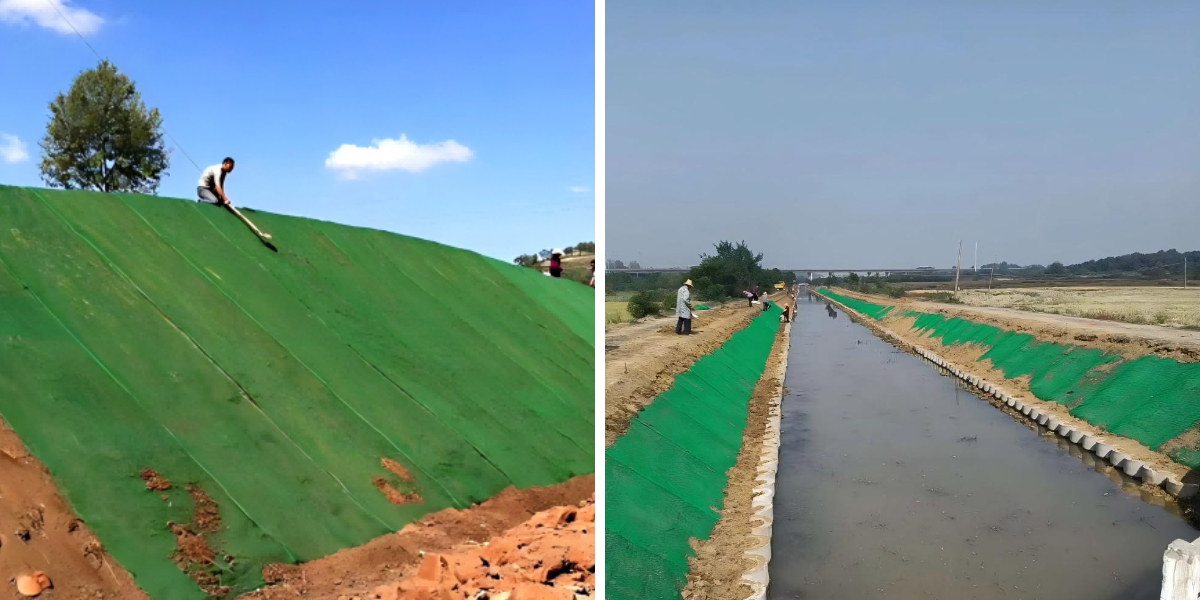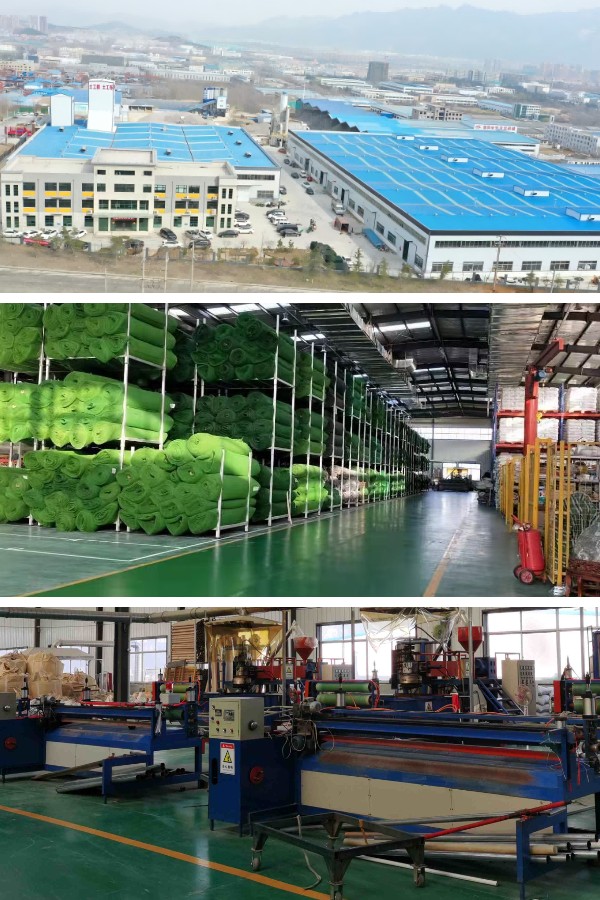Tensile Strength & Durability: Ensuring Long-Term Slope Protection
Slope safety is a quintessential factor of civil engineering, landscaping, and environmental management—preventing erosion, landslides, and soil degradation that can threaten infrastructure, ecosystems, and safety. Among the most wonderful options for slope stabilization is geomat erosion control, a 3D mesh device designed to entice soil, guide vegetation growth, and face up to environmental stress. However, the success of any geomat erosion manage assignment relies upon on two core properties: tensile electricity and durability. These elements decide how nicely the device can face up to pulling forces, weathering, and time—ensuring long-term safety alternatively than brief fixes. This information explores why tensile energy and sturdiness be counted for slope protection, how 3D Vegetation Net Specifications and Dimensions of 3D Vegetation Net affect these properties, and how to pick out a geomat that grants reliable, long-lasting results. By focusing on these key elements, you can keep away from highly-priced repairs and make sure your slope stays secure for years to come.
The Role of Tensile Strength in Slope Protection
Tensile power refers to the most pulling pressure a cloth can face up to earlier than breaking. For geomat erosion manage systems, this property is non-negotiable—slopes exert consistent tensile stress on the geomat, from soil motion and vegetation increase to water runoff and wind. A geomat with inadequate tensile electricity will stretch, tear, or fail, leaving the slope inclined to erosion.
3D Vegetation Net Specifications without delay influence tensile strength. The cloth of the geomat (typically polypropylene, PET, or herbal fibers) and its weaving sample play key roles. Synthetic substances like PET provide greater tensile electricity than PP or herbal fibers, making them perfect for high-stress slopes (e.g., motorway embankments or steep hillsides). The weaving pattern—whether it’s a tight honeycomb or unfastened grid—also influences strength: tighter weaves distribute stress extra evenly, stopping localized tearing.
During slope stabilization, the geomat acts as a reinforcement layer. When soil shifts or water pulls at the surface, the geomat’s tensile energy resists these forces, keeping the soil in place. For example, on a slope susceptible to landslides, a high-tensile-strength geomat can anchor the topsoil to the underlying substrate, decreasing the danger of collapse. Without this strength, even the most well-installed geomat will fail beneath pressure.
Durability: Weathering Resistance for Long-Term Performance
Durability is the capability of geomat erosion manage to stand up to environmental stress over time—including UV radiation, temperature fluctuations, moisture, and organic activity. A long lasting geomat keeps its tensile power and structure, making sure it continues to defend the slope for its supposed lifespan (often 5–20 years, relying on the material).
3D Vegetation Net Specifications associated to sturdiness include UV stabilizers, chemical resistance, and cloth density. Synthetic geomats are frequently infused with UV stabilizers to stop degradation from sunlight, a indispensable function for uncovered slopes. They additionally withstand rot, mildew, and chemical exposure (from fertilizers or pollutants), not like herbal fiber geomats, which biodegrade over time. For initiatives requiring long-term safety (e.g., industrial website online slopes), artificial geomats with excessive fabric density are preferred, as they are much less susceptible to put on and tear.
Temperature fluctuations and moisture can additionally check durability. Geomats have to make bigger and contract with temperature adjustments barring cracking, and they need to permit water to drain whilst resisting waterlogging. A long lasting geomat balances permeability and structural integrity, making sure it performs in each moist and dry conditions.
How Dimensions of 3D Vegetation Net Influence Strength & Durability
Dimensions of 3D Vegetation Net—including length, width, mobilephone size, and thickness—interact with tensile energy and sturdiness to decide common slope safety effectiveness. These dimensions are no longer arbitrary; they are tailor-made to the slope’s angle, soil type, and environmental conditions.
Cell Size and Thickness
Cell measurement (the openings in the geomat mesh) influences how nicely the geomat traps soil and helps vegetation. Smaller cells (10x10mm–20x20mm) supply extra confinement, bettering tensile energy with the aid of distributing stress throughout a large floor area. They are perfect for exceptional soils (silt, clay) that are susceptible to erosion. Thicker geomats (2–5mm) provide greater durability, as they have greater cloth to face up to put on and UV damage. However, thicker geomats can be stiffer, so Dimensions of 3D Vegetation Net have to be balanced with slope flexibility—especially on irregular or curved slopes.
Length and Width
The size and width of the geomat rolls have an impact on set up and strength. Wider rolls (3–4 meters) minimize the variety of seams, which are manageable susceptible points. Longer rolls (50–100 meters) cowl giant slopes quickly, minimizing set up time and labor. However, large Dimensions of 3D Vegetation Net require cautious coping with to keep away from stretching or tearing all through installation. For steep slopes, shorter, wider rolls may also be less complicated to anchor securely, making sure the geomat keeps its tensile energy over time.
Selecting the Right Geomat for Your Slope: Key Considerations
To make certain long-term slope protection, pick a geomat erosion manage device with 3D Vegetation Net Specifications and Dimensions of 3D Vegetation Net matched to your project’s needs. Here are the indispensable elements to evaluate:
Slope Angle and Soil Type
Steeper slopes (greater than 30 degrees) require geomats with greater tensile power and smaller mobile sizes to withstand gravitational pull. Coarse soils (sand, gravel) can use large telephone sizes, whilst best soils want smaller cells to forestall particle migration. For example, a toll road embankment (steep slope, blended soil) would gain from a PET geomat with 15x15mm cells and 3mm thickness.
Environmental Conditions
Exposed slopes with severe daylight want geomats with UV stabilizers. Wet or coastal slopes require moisture-resistant substances (synthetic as a substitute than herbal fibers). Areas with heavy rainfall want permeable geomats with appropriate drainage to forestall water buildup, which can decrease tensile power and reason erosion.
Project Lifespan
Short-term tasks (1–3 years, e.g., transient development web page slopes) can use PP geomats or herbal fiber geomats. Long-term initiatives (10+ years, e.g., everlasting landscaping or industrial slopes) require long lasting PET geomats with UV stabilizers and thick material.
Installation Best Practices to Maximize Strength & Durability
Even the fantastic geomat erosion manage device will underperform if mounted incorrectly. Proper set up ensures the geomat keeps its tensile power and durability, offering long-term slope protection.
Prepare the Slope
Clear the slope of debris, rocks, and vegetation to create a easy surface. Uneven surfaces can create stress factors the place the geomat might also tear. For pleasant soils, add a skinny layer of mulch to enhance soil retention earlier than putting in the geomat.
Anchor Securely
Anchor the geomat at the pinnacle and backside of the slope the use of anchor trenches, pins, or weighted edging. This prevents the geomat from transferring at some stage in climate activities or soil movement. Ensure seams are overlapped through 15–30cm and secured with adhesive or stitching to keep tensile electricity throughout the complete slope.
Avoid Overstretching
When unrolling the geomat, go away a small quantity of slack to accommodate thermal growth and contraction. Overstretching creates anxiety that reduces tensile electricity and will increase the chance of tearing.
Conclusion: Tensile Strength and Durability = Long-Term Protection
Geomat erosion manage is a effective device for slope stabilization, however its effectiveness relies upon on tensile electricity and durability. By grasp 3D Vegetation Net Specifications (material, weaving pattern, UV stabilizers) and Dimensions of 3D Vegetation Net (cell size, thickness, length/width), you can choose a geomat that resists stress, weathers environmental conditions, and protects your slope for years.
Don’t reduce corners on quality—invest in a geomat with the proper tensile power and sturdiness for your project’s needs. Combine it with acceptable set up and events inspections, and your slope will stay stable, erosion-free, and safe. Tensile power and sturdiness aren’t simply technical specifications—they’re the basis of long-term slope safety success.
Contact Us
Company Name: Shandong Chuangwei New Materials Co., LTD
Contact Person :Jaden Sylvan
Contact Number :+86 19305485668
WhatsApp:+86 19305485668
Enterprise Email: cggeosynthetics@gmail.com
Enterprise Address: Entrepreneurship Park, Dayue District, Tai 'an City,
Shandong Province


